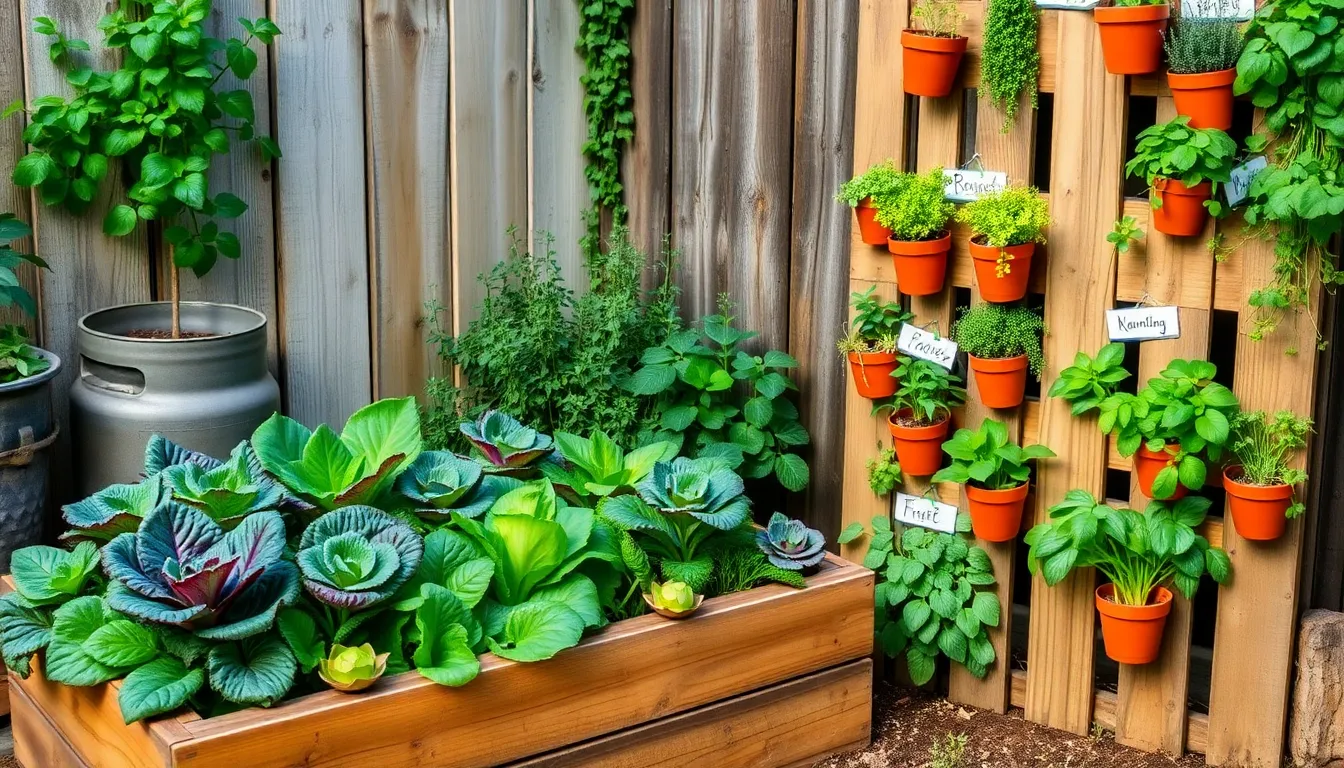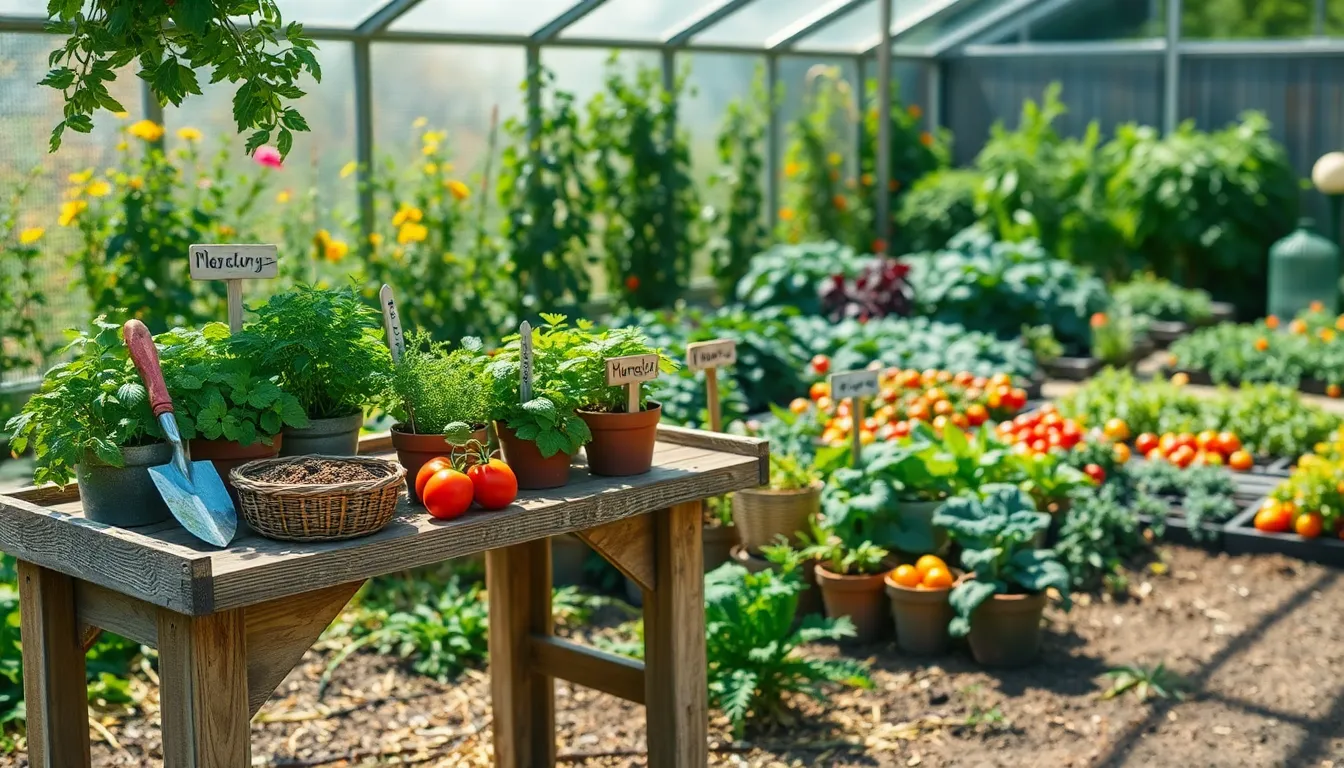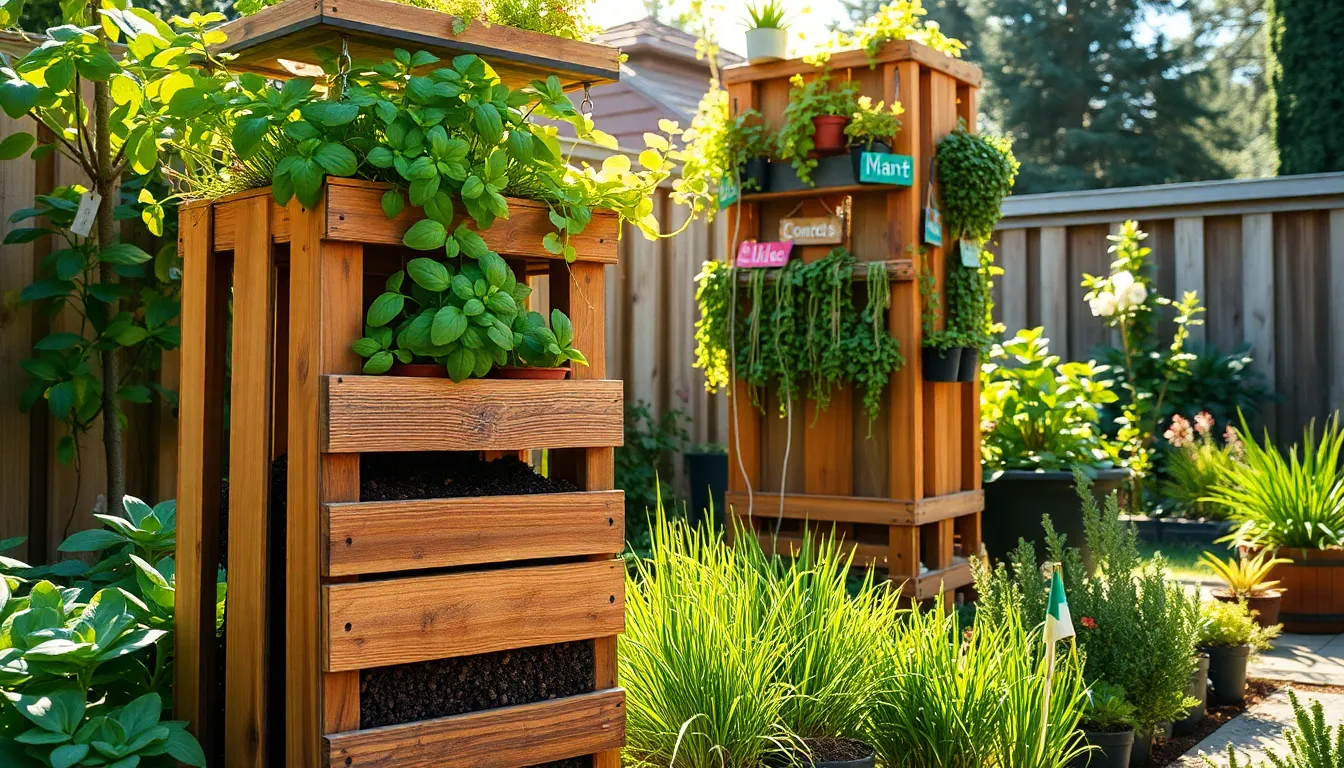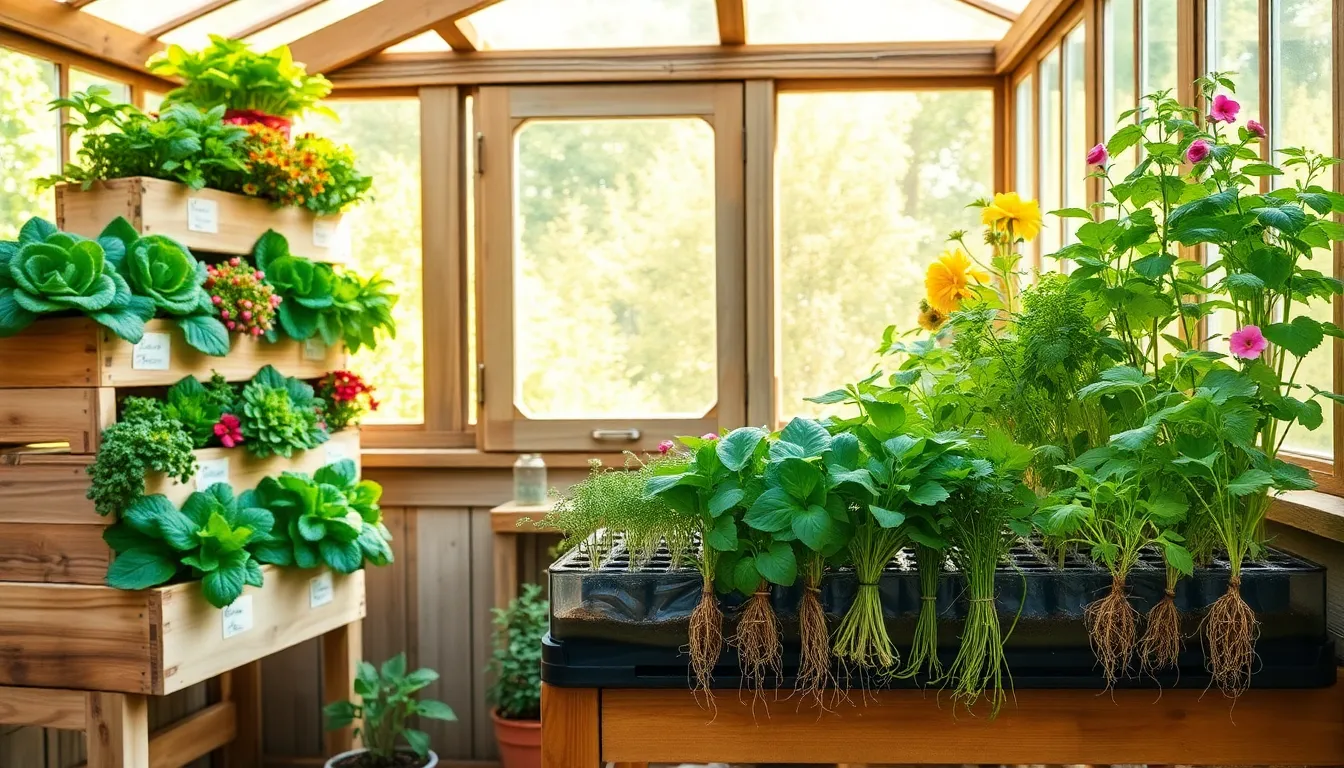Welcome to “15 DIY Organic Gardening Tips,” where the soil beneath your feet promises more than just growth—it offers a journey filled with discovery, joy, and the satisfaction of hands-on creation. Whether you’re planting your very first seed or you’re a seasoned green thumb seeking fresh inspiration, this guide is your companion for crafting a thriving organic oasis right in your backyard.
In this collection, you’ll find tried-and-true techniques that transform gardening from a mere pastime into an artful practice that yields bountiful rewards. These tips are designed to empower you with practical, eco-friendly methods that not only nurture your plants but also enrich your gardening experience, making every moment spent outdoors both productive and pleasurable. Dig in with confidence, knowing each tip is a step towards a flourishing garden and a deeper connection with nature.
Compost Kitchen Scraps Efficiently
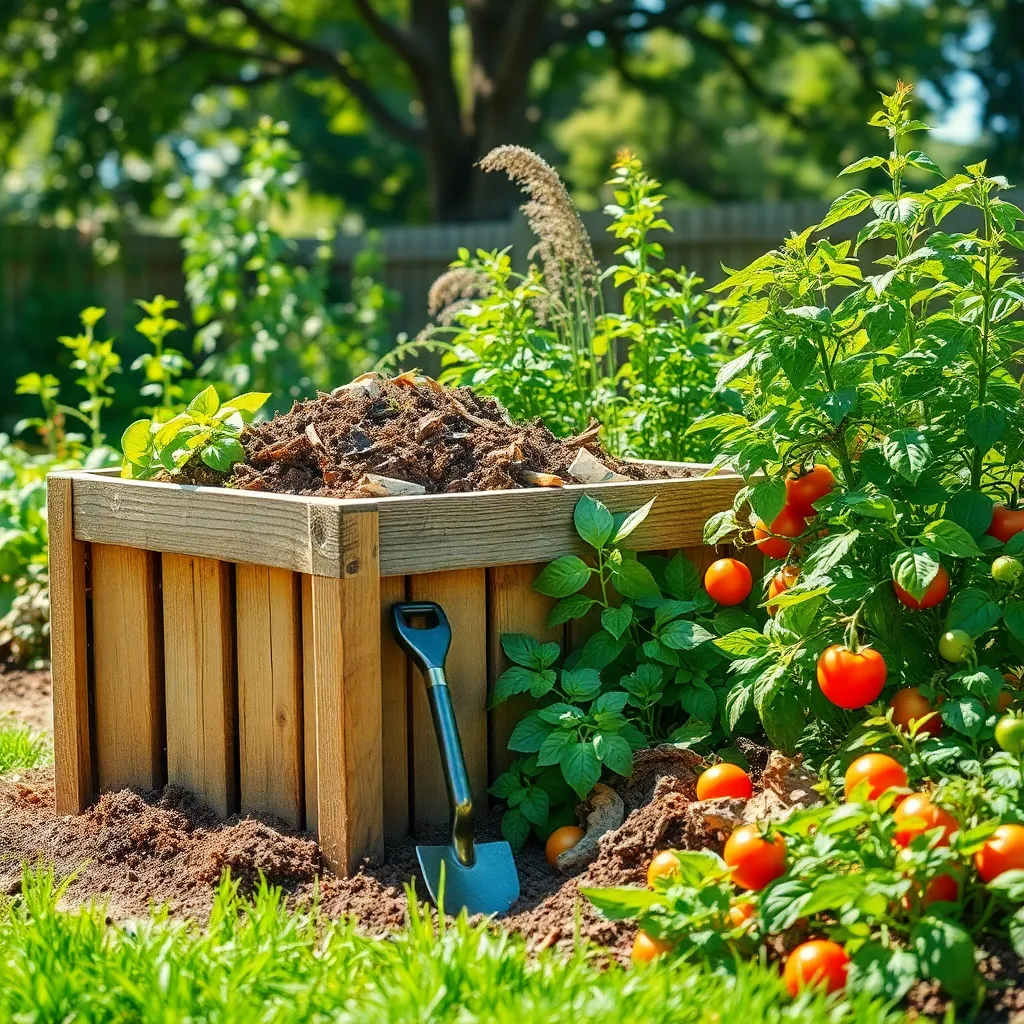
Transforming kitchen scraps into rich compost is both eco-friendly and highly beneficial for your garden. Start by collecting fruit and vegetable peels, coffee grounds, and eggshells, which are all excellent compost ingredients.
To ensure efficient decomposition, chop larger scraps into smaller pieces which accelerates the breakdown process. Balance your compost pile by mixing equal parts of “greens” like kitchen scraps and “browns” such as dried leaves or shredded newspaper.
Maintain moisture in your compost pile so that it is as damp as a wrung-out sponge, turning it every few weeks for aeration. This not only speeds up the composting process but also prevents unpleasant odors, making your composting experience more enjoyable.
For those with limited space, consider using a compost bin or tumbler to contain your materials and keep pests at bay. Advanced gardeners might experiment with vermicomposting, using worms to break down scraps faster and produce nutrient-rich worm castings.
Use Rainwater for Irrigation
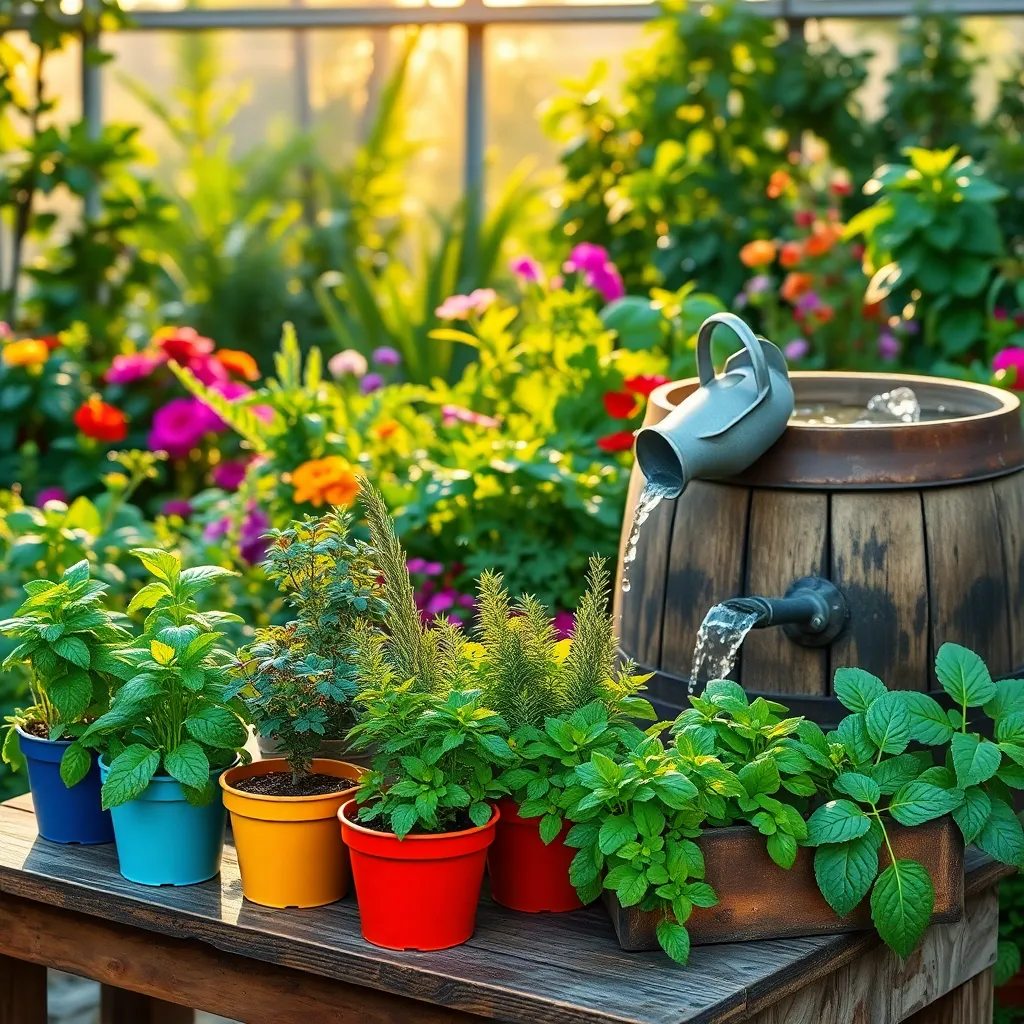
Collecting rainwater is an excellent way to make your garden more sustainable and cost-effective. To get started, install a rain barrel under a downspout to capture runoff from your roof, providing a free water source for your plants.
Using rainwater for irrigation not only conserves resources but also benefits your plants. This water is naturally soft, free of chemicals like chlorine and fluoride found in tap water, which can be harmful to sensitive plants.
When watering with rainwater, it’s important to remember that plants prefer a deep soak rather than frequent shallow watering. Aim to water your garden early in the morning or late in the afternoon to reduce evaporation and ensure the water reaches the roots effectively.
Advanced gardeners might consider setting up a drip irrigation system connected to their rain barrel. This approach allows for precise watering, conserving even more water while ensuring each plant receives the right amount of moisture.
Create Natural Pest Repellents
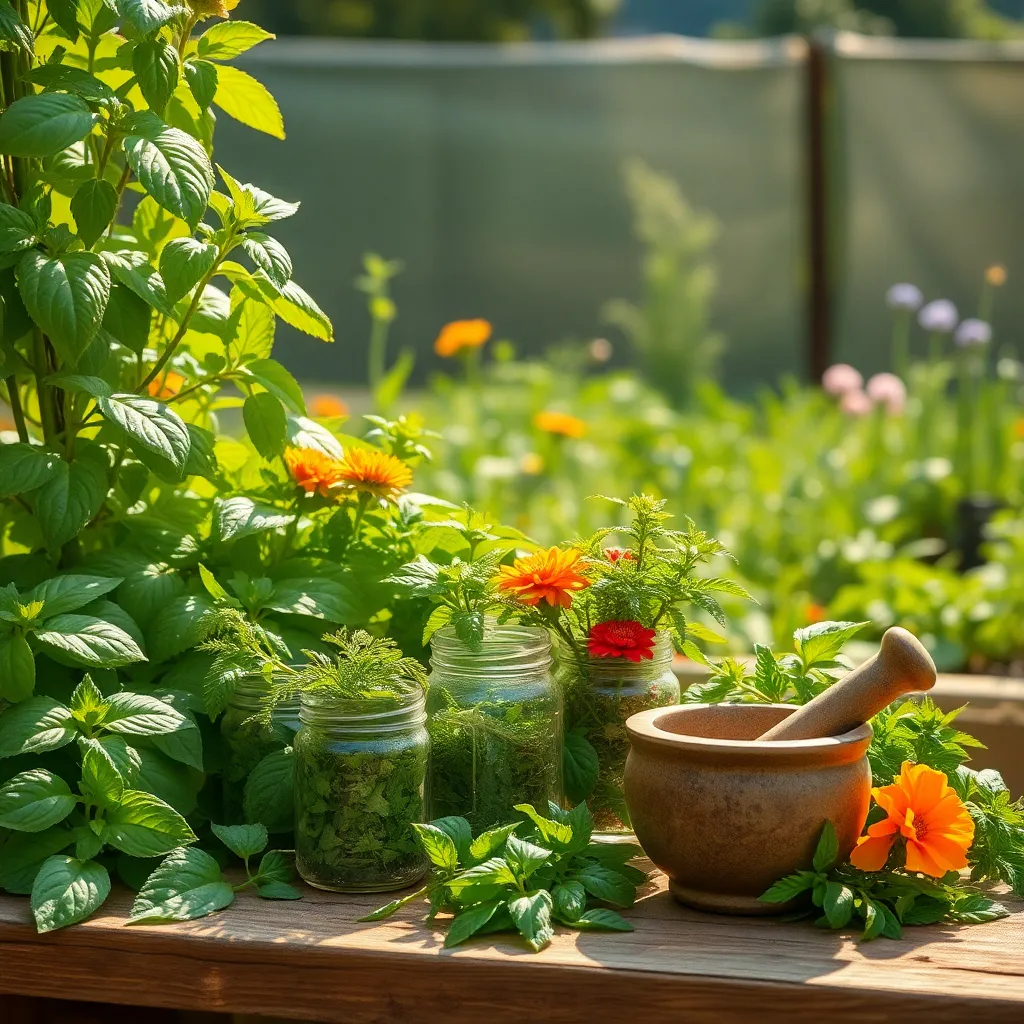
Natural pest repellents are an effective way to protect your garden without relying on chemicals. Many common household items can be used to keep pests at bay in a safe and eco-friendly manner.
Garlic spray is a popular choice due to its strong scent, which repels a variety of garden pests. To make it, blend two garlic bulbs with one liter of water, strain, and add a tablespoon of liquid soap before spraying directly onto plants.
Another effective repellent is a mixture of neem oil and water. Neem oil disrupts the life cycle of insects, making it particularly useful against aphids and spider mites; mix two tablespoons of neem oil with a gallon of water and spray every two weeks.
For slug control, consider using crushed eggshells around the base of plants. The sharp edges of the shells deter slugs and snails, providing a simple and sustainable solution for protecting your leafy greens.
Plant Companion Vegetables Together
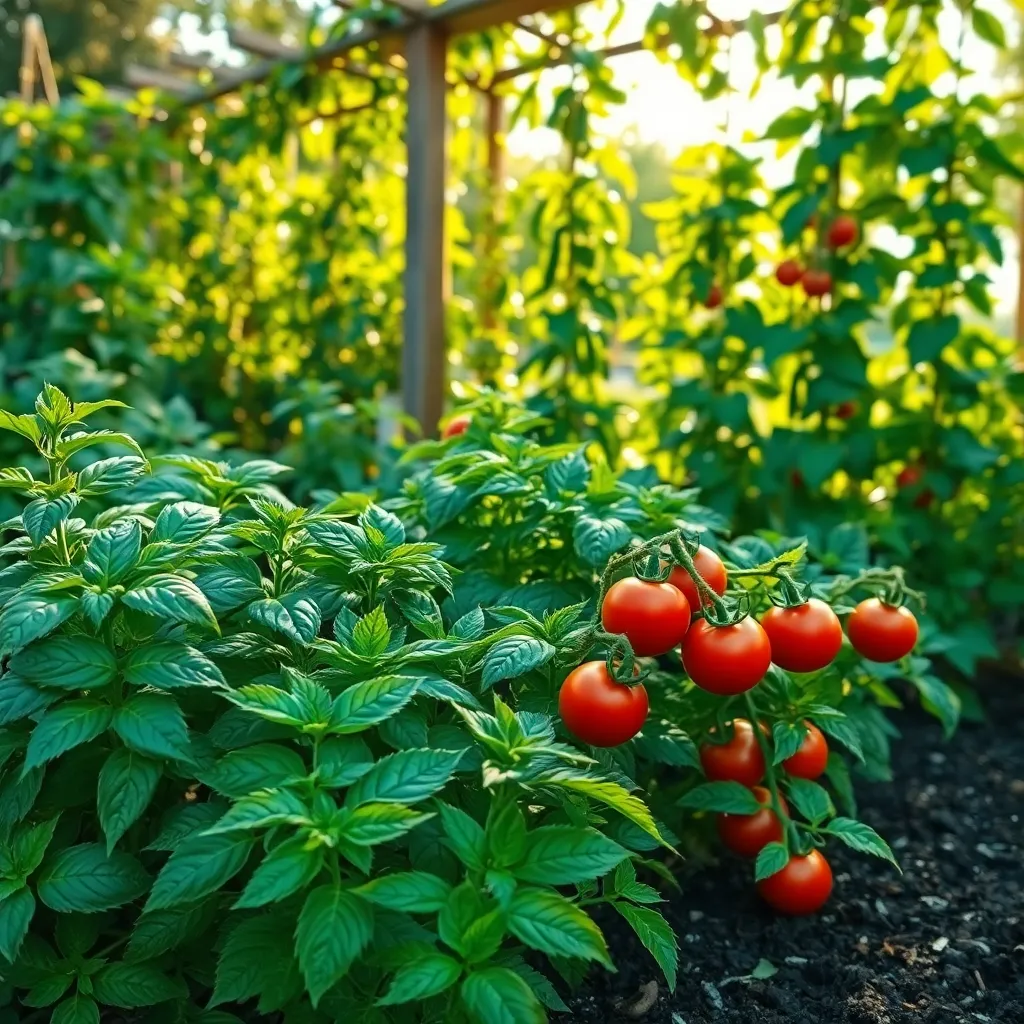
Companion planting is a strategic technique that can greatly enhance the health and yield of your vegetable garden. By growing certain vegetables together, you can naturally deter pests, improve pollination, and maximize space efficiency.
For example, planting tomatoes and basil together can help improve the flavor of tomatoes and deter pests like aphids. Basil is also known for attracting beneficial insects such as bees and butterflies, making it an excellent companion plant.
Consider pairing carrots with onions, as onions can help repel carrot flies, a common pest. Additionally, these two vegetables have different root depths, which allows them to share space effectively without competing for nutrients.
Advanced gardeners might try interplanting corn, beans, and squash—a method traditionally known as the “Three Sisters.” This combination supports each other’s growth: corn provides a natural trellis for beans, beans fix nitrogen in the soil, and squash acts as a living mulch to suppress weeds and retain moisture.
When implementing companion planting, ensure that your soil is rich in organic matter and well-drained. Regularly monitor the moisture levels and adjust your watering schedule as needed to maintain optimal growing conditions.
Rotate Crops Annually
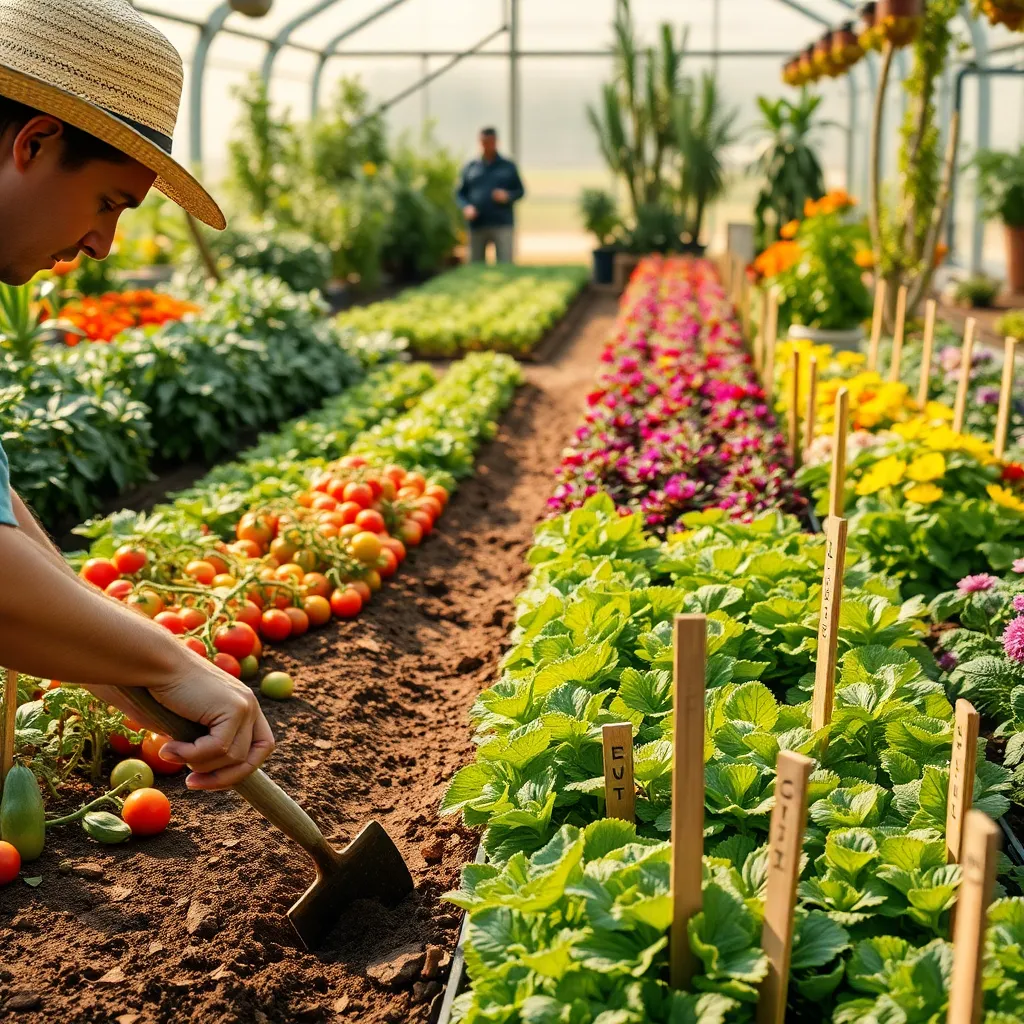
Rotating crops annually is a vital practice for maintaining soil health and reducing pest problems in your garden. By changing the location of plant families each year, you disrupt the life cycles of pests and diseases that may have overwintered in the soil.
To start, group your vegetables into categories like root crops, leafy greens, and fruiting plants, as this will make rotation easier. For example, follow heavy feeders like tomatoes with nitrogen-fixing plants such as beans, which enrich the soil for the next planting season.
Crop rotation also helps to balance the nutrient demands on your soil, preventing nutrient depletion and reducing the need for fertilizers. When planning your garden, map out a three- or four-year rotation to ensure each plant group has ample time away from previous planting spots.
Advanced gardeners might want to consider incorporating cover crops like clover or vetch in their rotation plan. These green manures not only improve soil structure but also add organic matter, enhancing overall soil fertility.
Build a Homemade Worm Bin
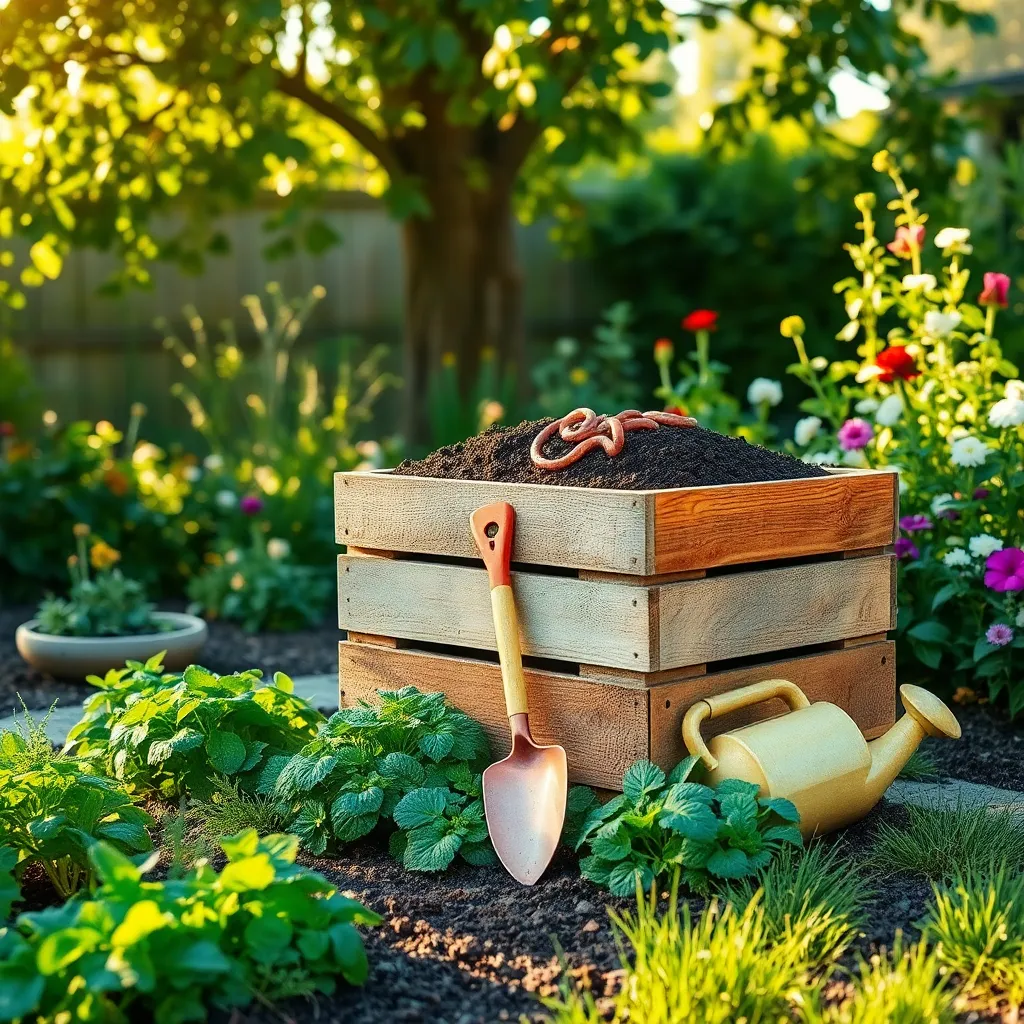
Creating a homemade worm bin is an excellent way to convert kitchen scraps into nutrient-rich compost. Worms help break down organic matter efficiently, enhancing your garden soil with minimal effort.
To get started, you’ll need a sturdy container, such as a plastic storage bin with a lid. Ensure the bin is at least 10 to 18 inches deep to provide ample space for the worms to move and process waste.
Next, drill small holes into the bottom and sides of the bin to allow for proper aeration and drainage. Good airflow is crucial to prevent odors and keep the worms healthy and active.
Line the bottom with a layer of shredded newspaper or cardboard, dampened slightly to create a moist bedding environment. Worms thrive in a damp habitat, so be sure to maintain moisture without making it too wet.
Introduce red wigglers into your bin, as they are the most effective species for vermicomposting. Feed them small amounts of fruit and vegetable scraps, avoiding meat, dairy, and oily foods, which can attract pests and create odors.
Monitor the worm bin regularly, adding more bedding and food scraps as needed. Harvest the compost every few months by moving the worms to one side and collecting the finished compost from the other.
Mulch with Grass Clippings
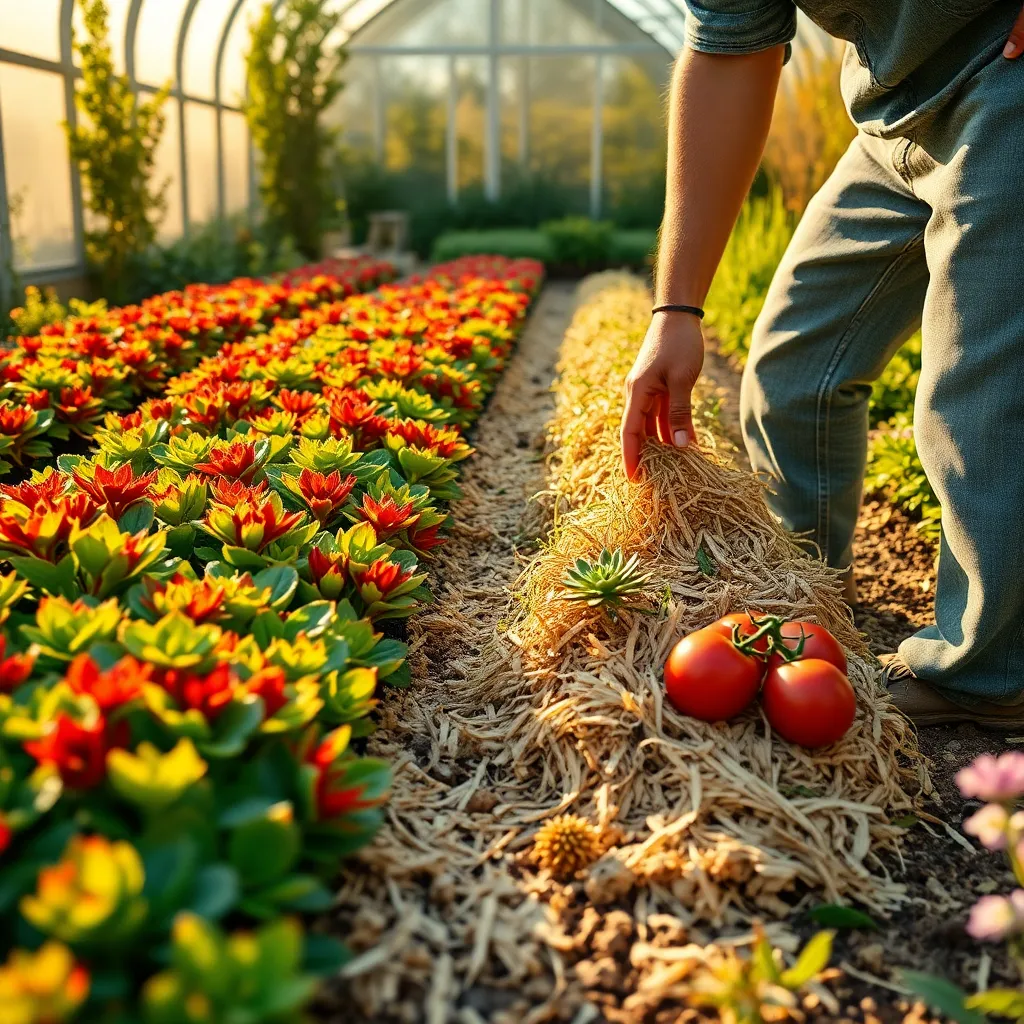
Mulching with grass clippings is a simple yet effective way to improve the health of your garden. By using this readily available material, you can add essential nutrients back into the soil, encouraging healthier plant growth.
To use grass clippings as mulch, spread them in a thin layer around your plants. Thinner layers prevent the clippings from matting, which can block water and air from reaching the soil.
Grass clippings are rich in nitrogen, making them an excellent mulch choice for heavy feeders like tomatoes and corn. Ensure that the grass is dry and free from any chemicals or herbicides before using it in your garden.
For best results, apply grass clippings when the soil is already moist to help retain moisture. Reapply every few weeks during the growing season to maintain a consistent layer, which will suppress weeds and keep your garden looking neat.
Attract Beneficial Insects Naturally
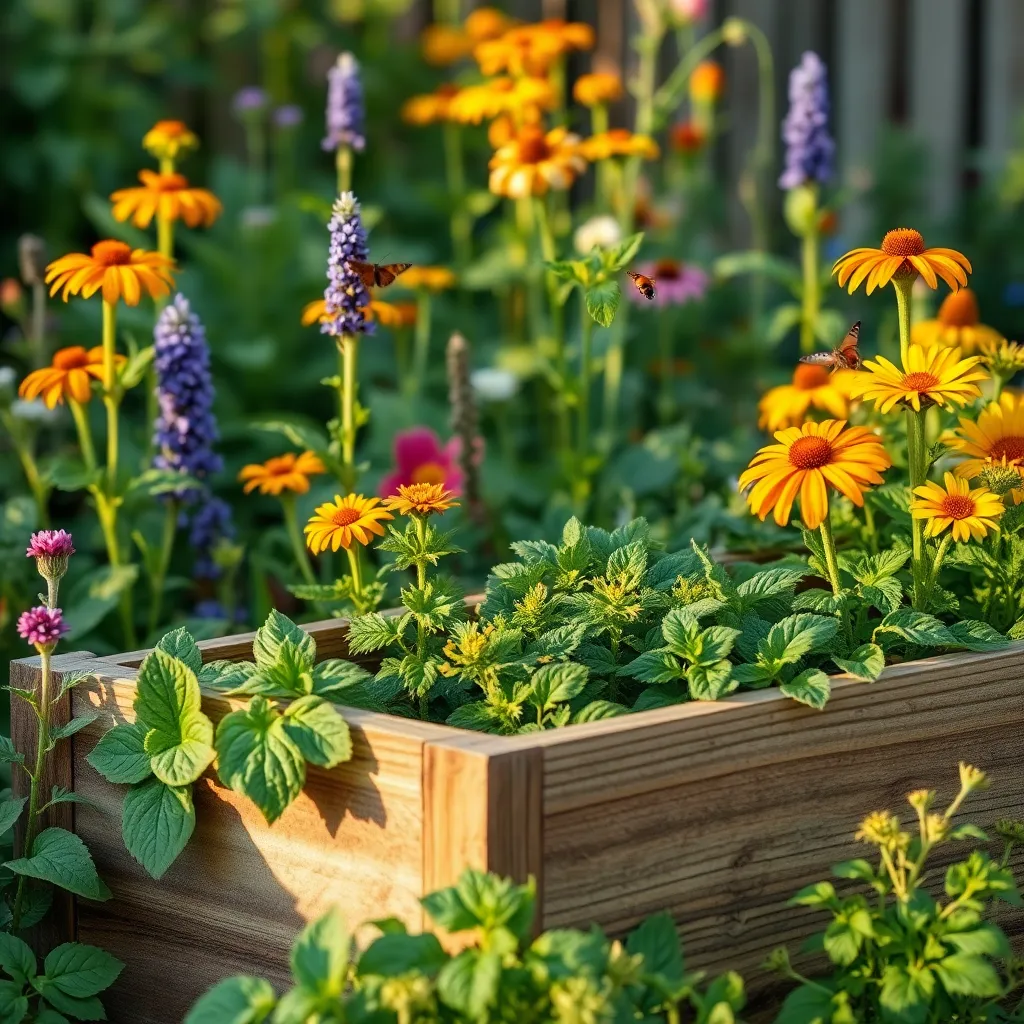
Attracting beneficial insects to your garden is a fantastic way to enhance plant health naturally. Start by planting a diverse range of flowers, such as marigolds and lavender, which serve as magnets for pollinators like bees and butterflies.
Consider creating a small habitat for beneficial insects by incorporating native plants that thrive in your region. Native plants are particularly enticing for local insects, ensuring they stick around and help keep your garden thriving.
Another effective approach is to let a section of your garden grow a bit wild, providing shelter and breeding grounds for these helpful creatures. For instance, leaving a few fallen leaves or a small brush pile can give insects like ladybugs and lacewings the refuge they need.
Incorporating herbs such as dill, fennel, and cilantro can also be beneficial, as they attract predatory insects that help control pest populations. Remember to plant these herbs in well-draining soil and ensure they receive plenty of sunlight for optimal growth.
Make DIY Organic Fertilizer
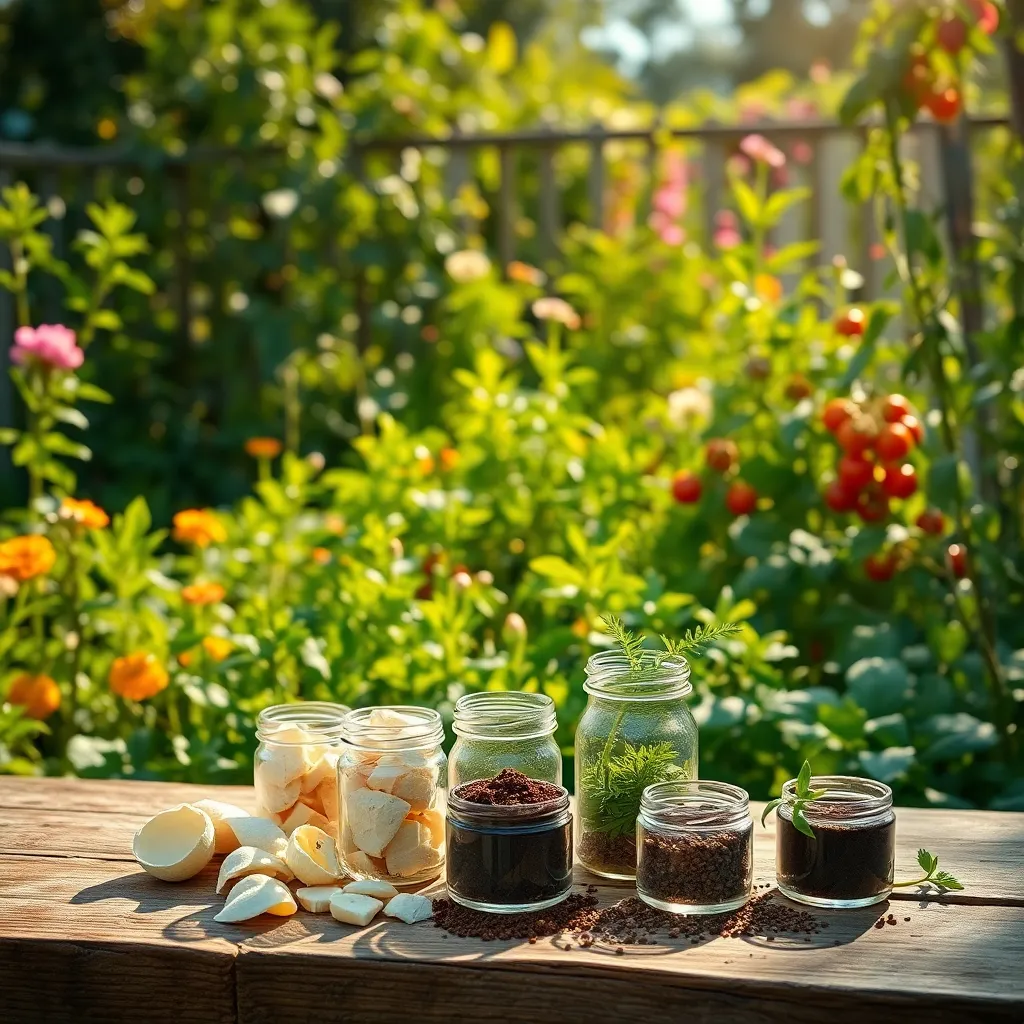
Creating your own DIY organic fertilizer is both cost-effective and environmentally friendly. Start by collecting kitchen scraps such as fruit peels, coffee grounds, and eggshells, which are rich in nutrients like nitrogen, phosphorus, and potassium.
Composting these materials is a simple way to enrich your garden soil. Layer your kitchen scraps with dry leaves or grass clippings in a compost bin, and turn the pile every few weeks to promote decomposition.
For an alternative method, consider making a nutrient-rich compost tea. Steep finished compost in water for a few days, stirring occasionally, to extract valuable nutrients and beneficial microbes.
Advanced gardeners might try creating a liquid fertilizer using comfrey or nettles. Simply fill a bucket with these plants, cover with water, and let the mixture sit for a few weeks, then dilute before applying to plants.
Install a Simple Drip System
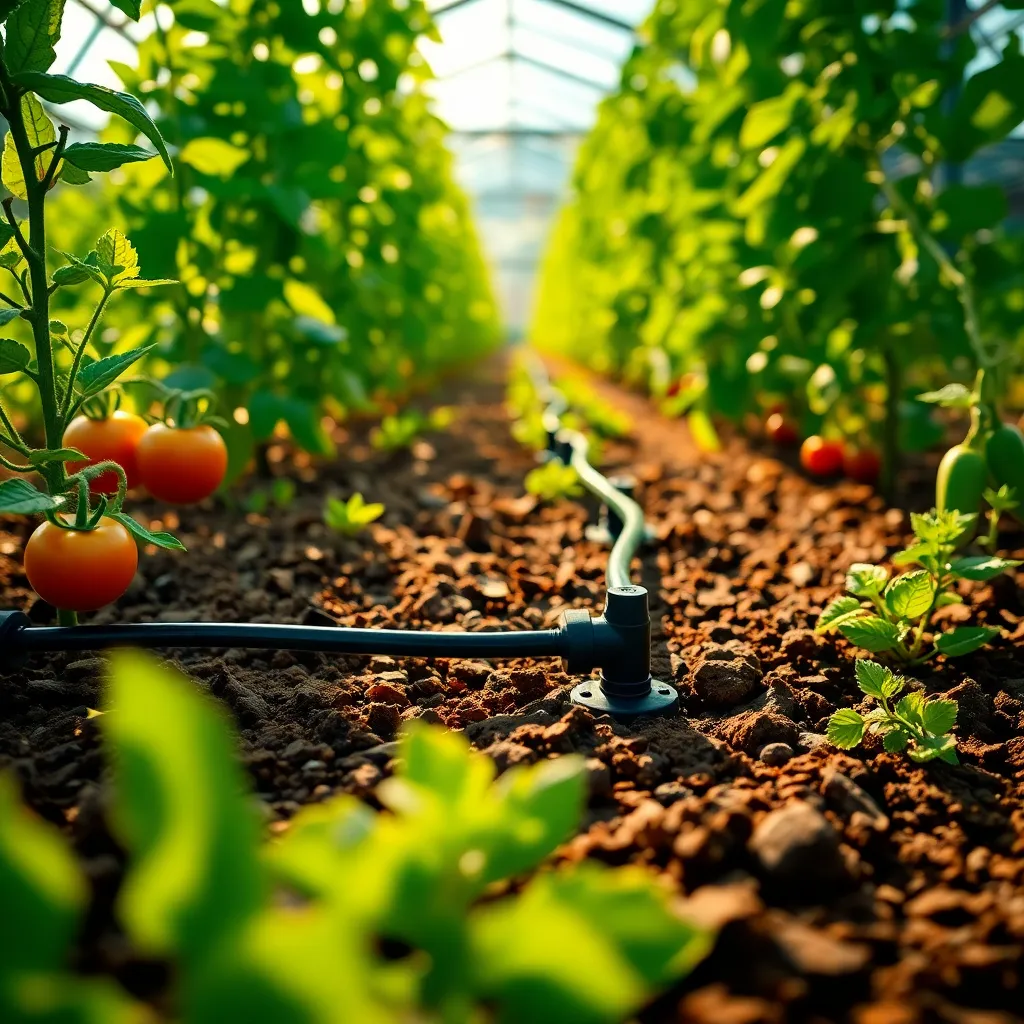
A simple drip system can greatly enhance your garden’s health by providing consistent moisture directly to the roots of your plants. This method is not only water-efficient but also reduces the risk of diseases caused by wet foliage.
To set up a basic drip system, start with a garden hose and a timer for automation. Attach a drip irrigation kit to your hose, which typically includes tubing, emitters, and connectors tailored for easy assembly.
Choose emitters based on the water needs of your plants; for example, use 1-gallon-per-hour emitters for drought-resistant plants. Plants like tomatoes and peppers benefit from 2-gallon-per-hour emitters, ensuring they receive the right amount of water consistently.
Lay the tubing carefully along your garden beds, ensuring that each plant receives direct water access. Secure the tubing with stakes and cover it with mulch to minimize evaporation and protect it from sun damage.
Set the timer to water early in the morning, which helps reduce water loss from evaporation and allows plants to dry off before evening. Adjust watering frequency based on the season and your soil type; sandy soils may require more frequent watering than clay soils.
For advanced tips, consider integrating a rain sensor to pause watering during rainy periods. This not only conserves water but also prevents overwatering, which is crucial for maintaining healthy soil structure and plant roots.
Start Seeds in Recycled Containers
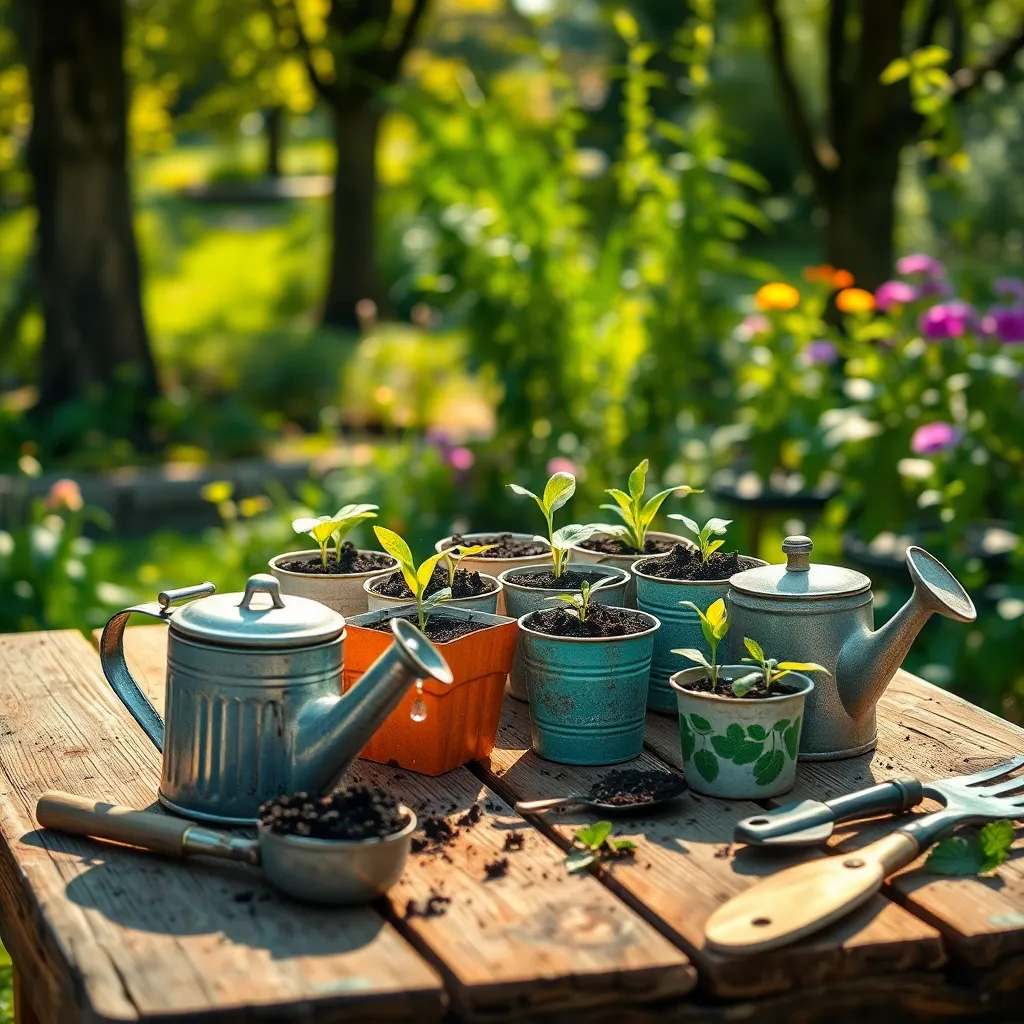
Recycling containers to start seeds is an environmentally friendly and cost-effective way to kick off your gardening season. You can use items like egg cartons, yogurt cups, or even toilet paper rolls as seed-starting pots, ensuring you give waste a second life.
Begin by cleaning the containers thoroughly to prevent any disease spread to your seedlings. Make sure to punch small drainage holes in the bottom of each container to prevent waterlogging, which can lead to root rot.
Fill your recycled containers with a fine seed-starting mix, which is lighter and drains better than regular potting soil. This will allow seeds to sprout easily and roots to develop healthily.
Plant your seeds according to the depth and spacing instructions specific to each plant type, usually found on the seed packet. Cover them lightly with soil and water gently, ensuring the soil remains moist but not soggy.
Place the containers in a warm location with indirect sunlight, such as a windowsill, to encourage germination. As seedlings emerge, rotate the containers to ensure even growth, and consider using a grow light if natural light is limited.
Prune Regularly for Healthy Growth
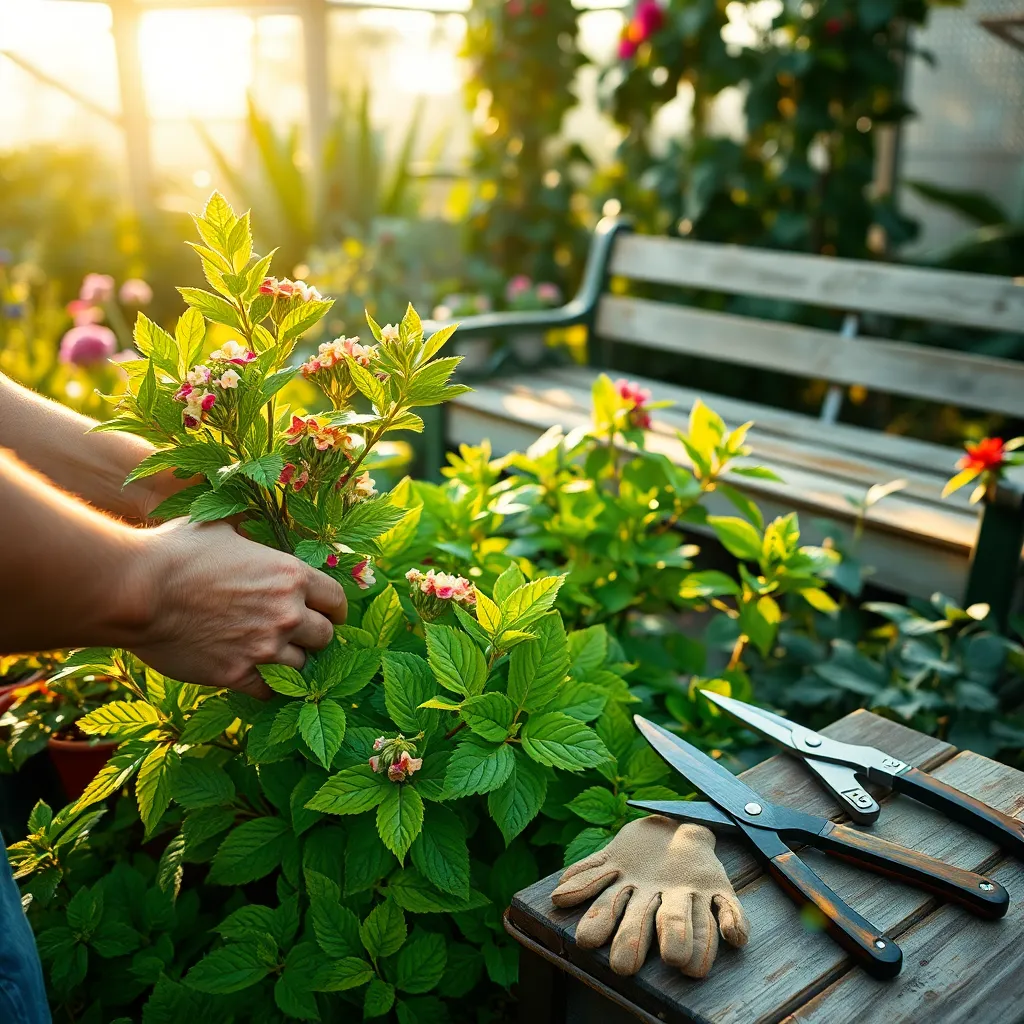
Regular pruning is essential for promoting healthy plant growth and maintaining garden aesthetics. By removing dead or diseased branches, you help prevent the spread of pests and diseases, allowing your plants to thrive.
It’s important to know the right time for pruning, which varies among different plant species. For most flowering shrubs, prune after they’ve bloomed to avoid cutting off next season’s buds.
Use clean, sharp tools to make precise cuts, which encourages rapid healing and reduces stress on the plant. Disinfect your tools with rubbing alcohol or a bleach solution between cuts to prevent disease spread.
For beginners, start by removing any obviously dead or damaged limbs, as well as those crossing or rubbing against each other. Advanced gardeners can experiment with techniques like thinning to improve air circulation within the plant canopy.
Create a DIY Vertical Garden
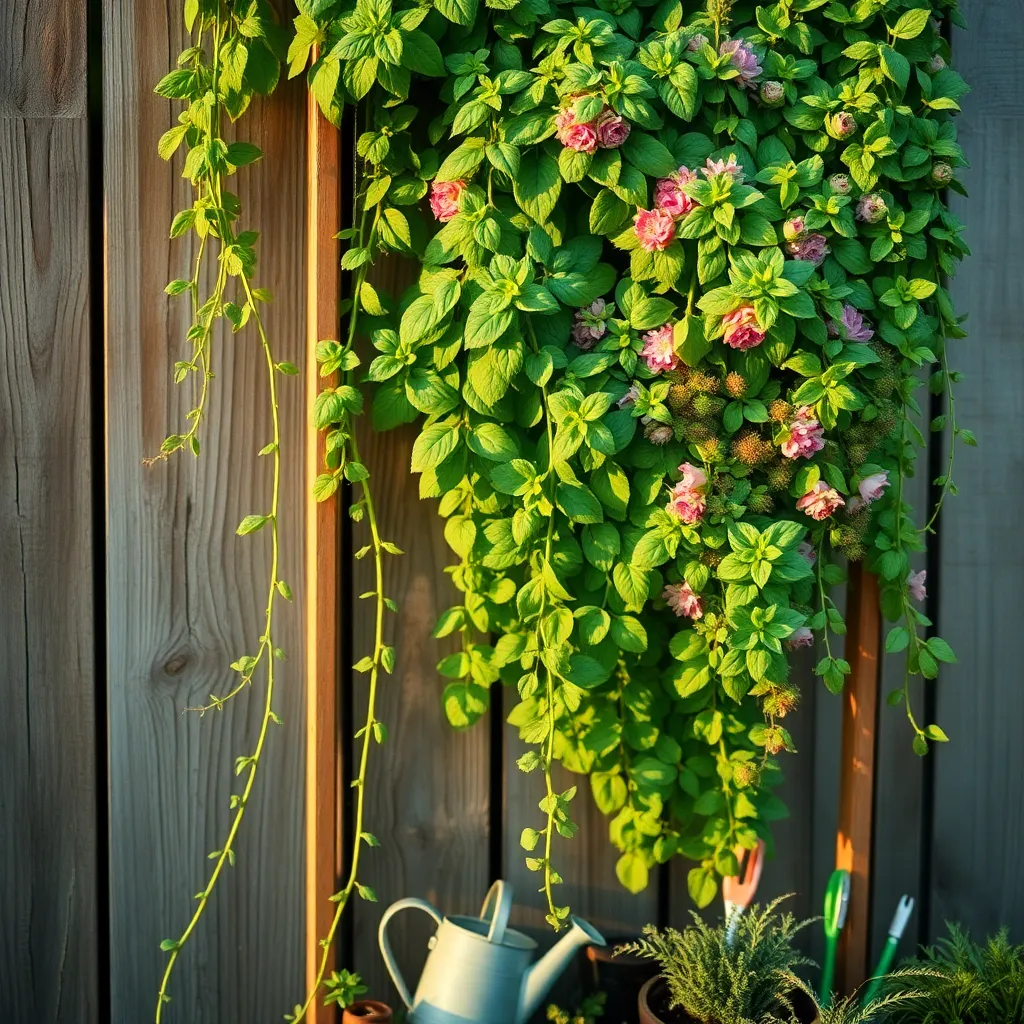
Transforming a small space into a lush oasis is possible with a DIY vertical garden. Start by selecting a location with plenty of sunlight, as most plants thrive with at least six hours of light daily.
To construct your vertical garden, use a sturdy frame or pallet that can support the weight of the plants and soil. Ensure the frame is securely mounted to a wall or fence, and consider using breathable fabric or felt pockets to hold the soil, which allows for proper drainage.
Choose plants that are well-suited for vertical growth, such as herbs like basil and mint or leafy greens like lettuce and spinach. These plants adapt well to vertical environments and allow for easy harvesting and maintenance.
Watering is critical in vertical gardening, as soil can dry out quickly. Install a drip irrigation system or water manually every other day, ensuring the water reaches all levels of the garden.
For optimal growth, use a high-quality potting mix rich in organic matter to provide the needed nutrients. Fertilize every month with a balanced organic fertilizer to keep your plants healthy and thriving.
Maintain Soil Health with Cover Crops
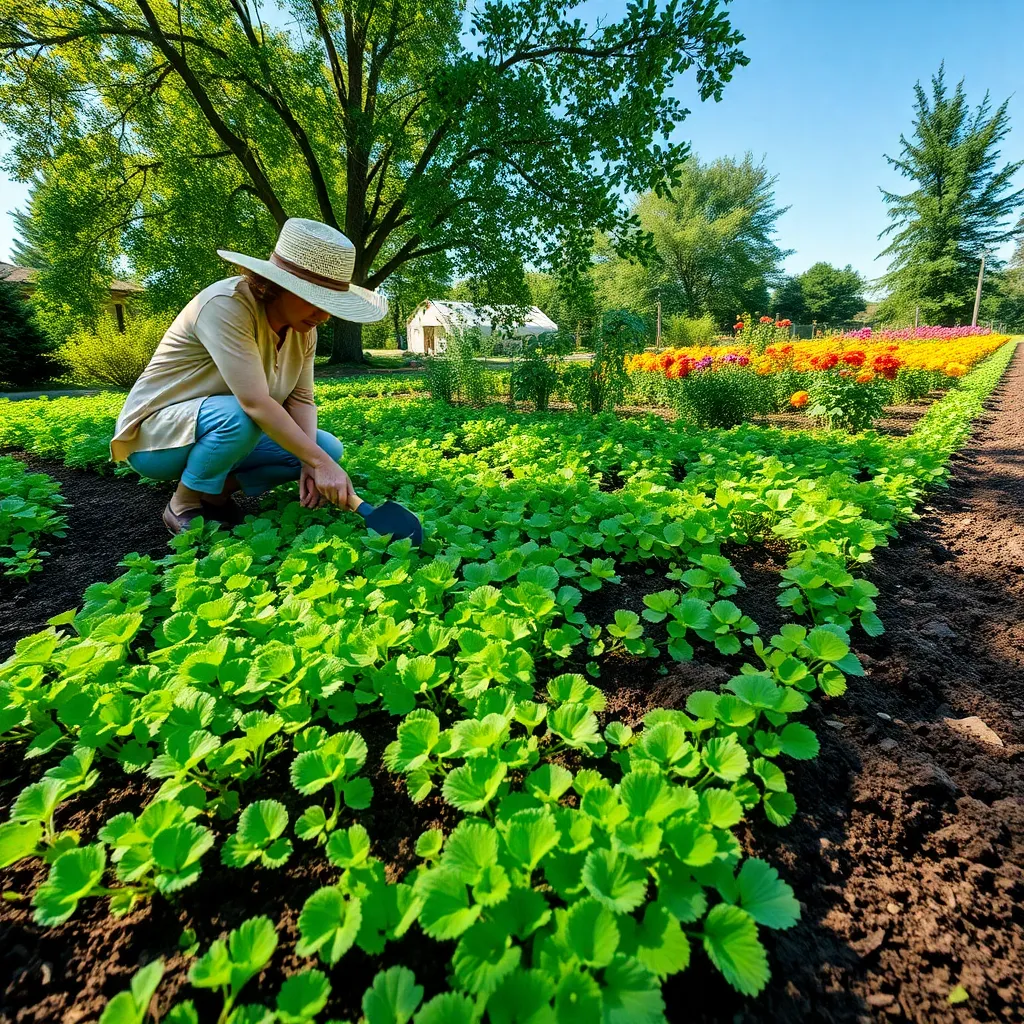
Enhancing soil health is crucial for a thriving garden, and cover crops are an excellent solution. These crops, such as clover and vetch, provide organic matter and nutrients that enrich the soil.
To get started, choose a cover crop that suits your climate and soil type. For instance, legumes like crimson clover are great for nitrogen-poor soils, while grasses such as rye are ideal for erosion control.
Plant cover crops during the off-season, typically in late summer or early fall. This allows them to establish before winter, providing a green cover that protects your soil.
Once your cover crop is established, maintain it with minimal intervention. Occasional mowing can encourage bushier growth and prevent flowering, which may deplete the soil nutrients.
When it’s time to plant your main crops, cut down the cover crops and leave them on the soil surface as a mulch. This method not only suppresses weeds but also gradually releases nutrients as the organic matter breaks down, enriching the soil.
For experienced gardeners, consider using multiple cover crops in a mix for diverse benefits. Mixing legumes with grasses can balance nitrogen fixation and biomass production, optimizing soil health.
Practice No-Till Gardening Techniques

No-till gardening is a technique that enhances soil health by minimizing disturbance. By leaving the soil intact, you preserve the natural soil structure, which helps retain moisture and supports beneficial organisms.
Start by adding a thick layer of organic mulch, such as straw or wood chips, to your garden beds. This mulch not only suppresses weeds but also gradually breaks down to enrich the soil with nutrients.
For beginners, consider planting directly into this mulch layer by creating small holes or trenches where seeds or seedlings can be placed. Ensure that the mulch is not too thick around seedling bases, as this can restrict their growth.
Experienced gardeners can explore using cover crops in their no-till gardens. These crops protect the soil from erosion and can be cut down and left to decompose as a natural fertilizer, further enhancing soil health without tilling.
Conclusion: Growing Success with These Plants
In exploring the world of organic gardening, this article has illuminated 15 key concepts that beautifully parallel the nurturing of relationships. From understanding the importance of healthy soil—akin to strengthening the foundation of trust—to the delicate balance of watering, which mirrors the need for consistent communication, each tip offers a valuable lesson in cultivating a thriving bond. We’ve delved into the significance of patience, akin to waiting for plants to bloom, and embraced the value of diversity in both gardens and partnerships.
As your next step, choose one of these tips to implement in your relationship today—perhaps it’s practicing active listening or setting aside quality time, much like tending to a favorite plant. Remember, small, consistent efforts lead to lush, lasting growth.
We encourage you to save or bookmark this article, ensuring these insights are always within reach. As you continue on your journey, know that with dedication and care, your relationships can flourish with the same vigor and beauty as a well-tended garden. Embrace these practices, and watch as your connections grow deeper and more fulfilling over time.

